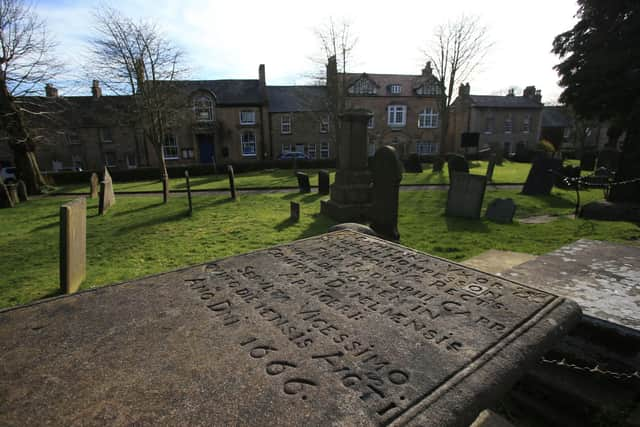Don't belittle efforts of Eyam's brave residents during plague outbreak - letters
and live on Freeview channel 276
On April 21, the Derbyshire Times published an article written by David Bell, a resident of Eyam.
This supported the Eyam story as researched from the mid-1980s and presented by Eyam Museum since 1994.
Advertisement
Hide AdAdvertisement
Hide AdHowever, on reading an article published on April 25, we were extremely disappointed with the overall tone, which was disdainful of the Eyam story and contained sweeping, unsubstantiated statements and errors, for example that the population of Eyam in 1665 was 330. It was, in fact, at least 750.


Mr Bell uses the story of the plague written by William Wood in 1842, written in the Victorian style of the period. He suggests that only a few thin strands of primary evidence exist.
He has ignored the research conducted since 1985, which was undertaken to establish the truth behind the myth, using material unavailable to earlier writers. The sources and documentary evidence are set out in Eyam Museum and on our website.
He seems to have missed all that as he states that apart from Wood, only two other accounts are recorded, ‘by two old men recalling their very early childhood memories of their fathers’.
Advertisement
Hide AdAdvertisement
Hide AdMr Bell also asserts that the quarantine in Eyam was not self-isolation but would only have been kept under threat of enforcement. Again, there is no evidence of that. The authorities would not even have had the means of enforcement at their disposal.
In all, the contentious remarks made by Mr Bell about how the story is told in Eyam today are more typical of the tabloid press seeking to belittle the characters and events of history.
Tony Parsons
Chairman, Eyam Museum